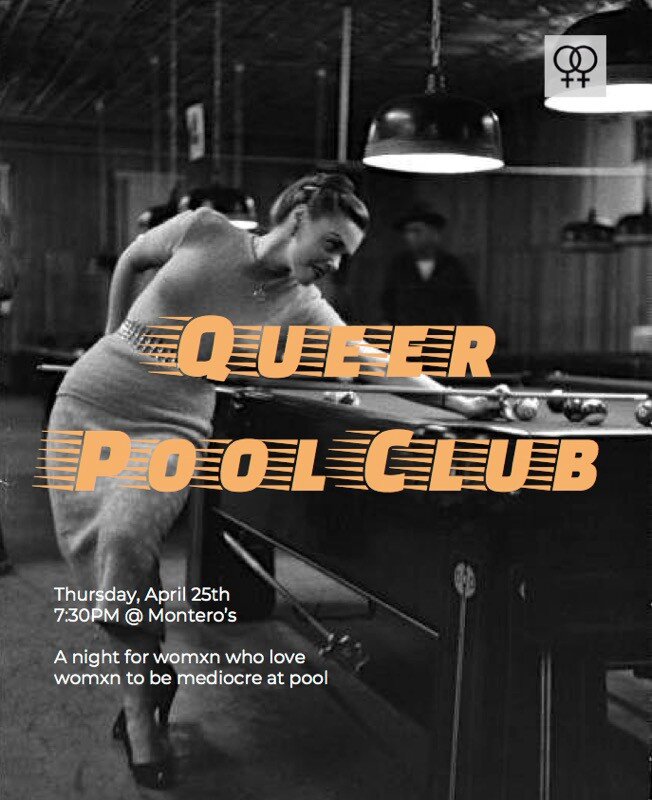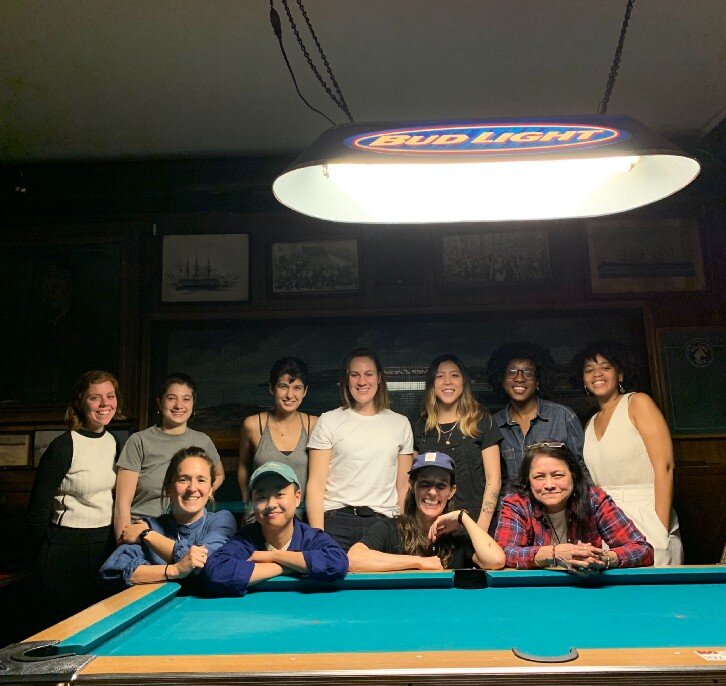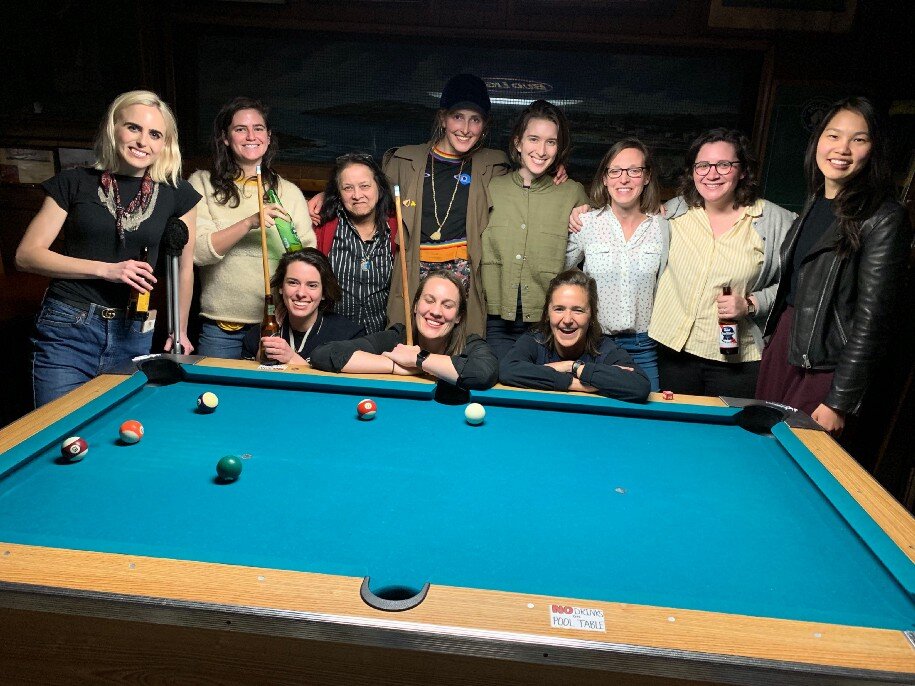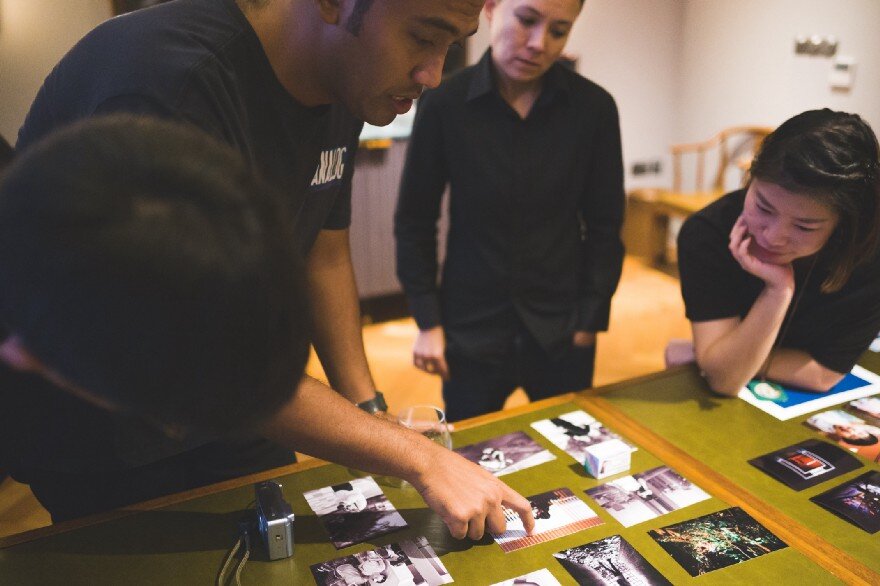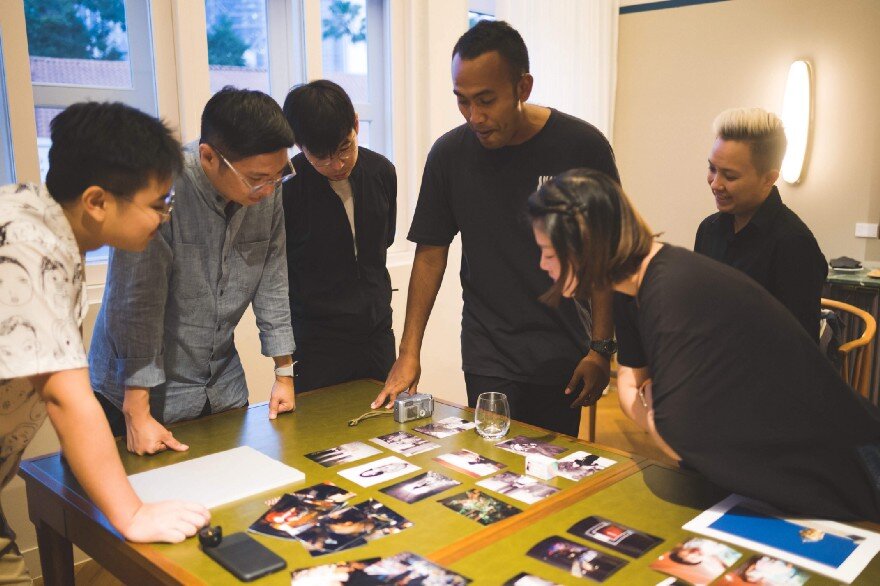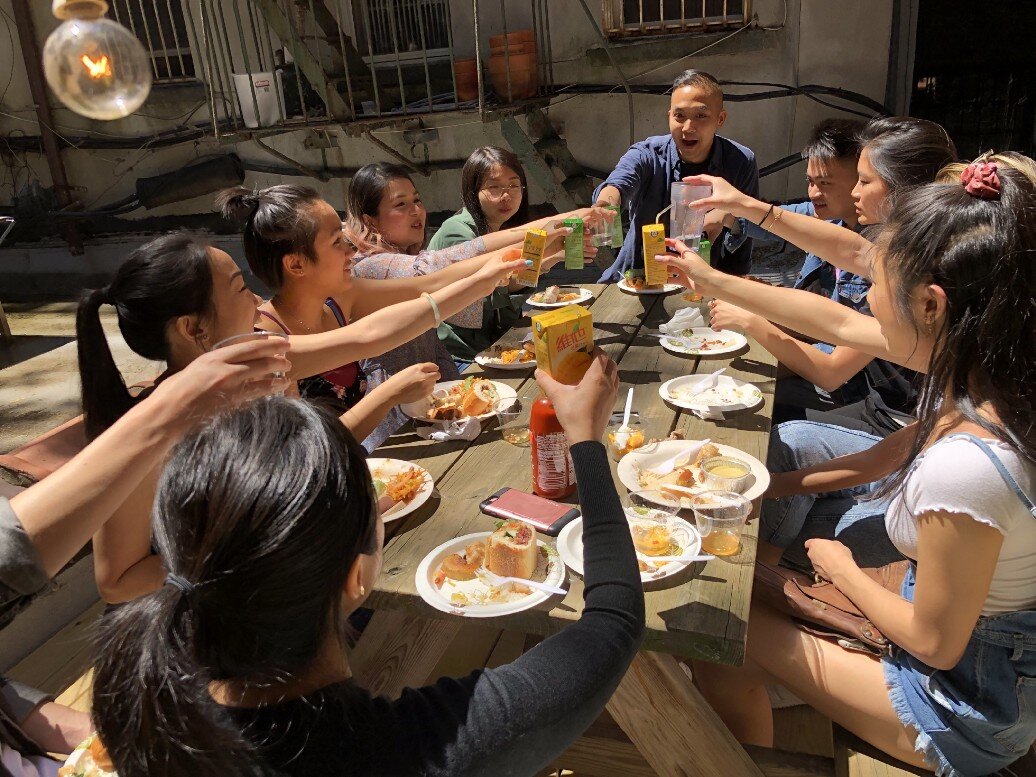Step 1: Pinpointing “Who” and “Why”
Great community leaders get clear on two questions: Who do I want to get together? Why are we coming together?
Nearly every day, we chat with an aspiring leader who wants to bring together people they care about. Whether they’re starting a community of activists, photographers, or allies, these folks rarely say, “I don’t have enough ideas for my community.” The most common challenge is “I don’t know what to prioritize first.”
One of the most valuable strategic investments you can make is to pinpoint who your people are and the purpose you share. Get crystal clear on two questions:
Who do I want to get together?
Why are we coming together?
Seeking this clarity is worthwhile at any stage of your community-building journey, but especially advantageous early on.
Answering these questions upfront creates focus. Questions like: What should we do together? What are we going to talk about? Who else do we want to join us? are easier to answer when there’s a driving purpose. This focus will prove an invaluable guide as your community continues to grow and evolve.
Let’s dig into how to answer “who?” and “why?”
Step 1: Identifying Your “Who”
Building a community isn’t about what you can do; rather, it’s dependent upon what you and your people can do. You truly become a community only when you establish your first early allies — the people who care about what you care about enough to manifest your idea for a community into an actual gathering of human beings. So who do you want to get together?
At the early stages of a community journey, you are looking for a team of passionate people who will show up for the community even before it has gained momentum. Whether you decide on your who through personal reflection, dialogue, business strategy, or even data analysis, one lesson remains the same: don’t try to fake the feeling. Genuine passion attracts passionate people. Rally your community because you have a damn good reason to, and sincerity will permeate your efforts.
To figure out who to focus on, start by asking yourself:
Who do I care about? Who do I want to help?
Who do I share an interest, identity, or place with?
Who brings the energy — who are the people who already engage, contribute, or attend?
Assuming that the community flourishes, who will you stick with?
Need a few examples? Here are groups of people we’ve started getting together. (Kai, Kevin, and me, Bailey, are the partners behind People & Company.)
Bailey Richardson wanted to get queer womxn like her in NYC together regularly to build stronger ties. She started a Queer Pool Club with another Queer friend who also dreamed of no longer being horrible at pool.
Kai Elmer Sotto was hungry for feedback on his photography. He began organizing a get together of hobbyist and professional photographers in Singapore who crave the same feedback to improve.
Kevin Huynh wanted to go deeper on his identity as a Vietnamese-American with others. He and three Vietnamese-American friends kickstarted a “Vietnameetup,” a potluck bringing together rad, multifaceted Việt New Yorkers.
As you consider your early allies, be discerning. Though they may be small in number, know that these first people you involve are consequential. They’ll set the tone and direction for the future of your group.
When you know who your community brings together, it’s time to pin down exactly why you’re teaming up.
Step 2: Defining Your “Why?”
Thriving communities demand a shared purpose, an answer to the question, “Why are we coming together?”
Shared is the key word. Your purpose needs to be something your people will want to work with you on, not a selfish or one-sided idea hatched by a single leader. If the purpose only serves you, your community-building efforts will fall flat. But the more this purpose resonates with your who, the more likely you are to spark a community.
No matter your reason for coming together, make sure your community’s purpose is grounded in your people’s needs and that it expresses what you can accomplish together by considering:
What do my people need more of?
What’s the change we desire?
What’s the problem only we can solve together?
This purpose may be social accountability. Today, WRU Crew, a weekly run club in Washington Heights, exists so its runners can motivate each other to stay healthy while building stronger ties in a changing neighborhood.
Twitch (originally Justin.tv) has invested in a community of streamers, like Mike (@Veritas), a robotics engineer and Twitch Partner. “I hated feeling like I was a hermit at home playing alone. As soon as multiplayer came out and I was able to boot up a game with friends, gaming became a social activity.” Photo courtesy of Veritas.
Perhaps the purpose is about entertainment. Twitch, a live streaming platform with a fascinating story behind their who and why, collaborates with online gamers to create and promote great content for viewers. The revenue generated from that content sustains Twitch’s business and supports gamers.
Or, the purpose might center on effecting change. One of our favorite activist communities is the Surfrider Foundation (Tune into our interview with Surfrider CEO Dr. Chad Nelsen here). In 1984, three surfers started Surfrider to stop development and pollution at their home break in Malibu, California. Today, there are 190 Surfrider chapters and clubs with 500,000 activists and supporters advocating for positive environmental change. Chapters share resources and insights, and form coalitions to push forward the same purpose: protect the world’s oceans, waves, and beaches.
When you have a strong hunch about who you want to get together and why you are gathering, you are better equipped to decide what to do next.
Write your purpose down
The goal of this exercise was to create focus. To truly define that focus, the final step is to commit to specific language. Write a community purpose statement:
“Our community brings together _______(WHO?)_______
so we can _______(WHY?)_______.”
A strong purpose statement has three traits (which we refer to as “T.E.A.”):
Tangible: the impact is easy to visualize
Ambitious: it challenges or grows members
Repeatable: your people can recall and repeat it
A great purpose statement has the power to clarify what your community is all about not only for you and your team but also for folks who are not yet involved. So, share it with each person you invite to join you down the road. People who care about the work you’re doing will connect with the purpose.
These people who care are more powerful than the people who don’t. They alone will help you build a community from scratch. Find them, and who knows how far you can go together.
We’re People & Company.
We published a book, host a podcast, and we work with organizations like Nike, Porsche, Substack and Surfrider as strategy partners, bringing confidence to how they’re building communities.
Stay up to date on all things Get Together.



